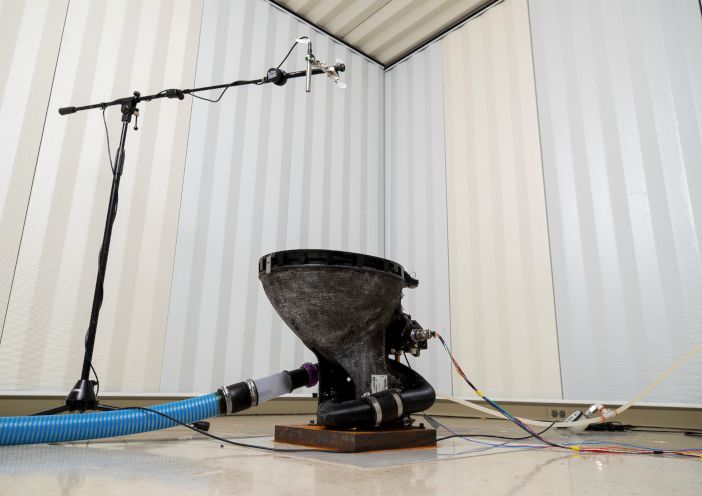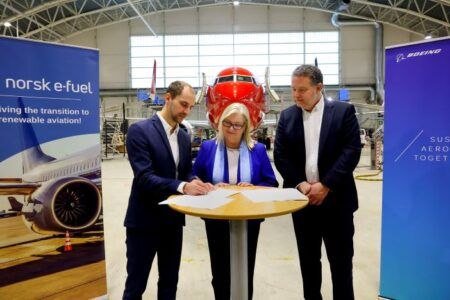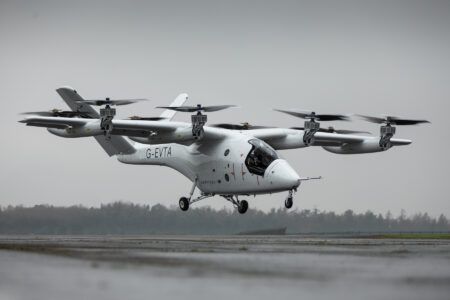A two-year project at Brigham Young University in Utah has developed and tested a vacuum-assisted toilet that is about half as loud as the toilet’s currently in use on commercial aircraft.
“People told us they don’t want their kids to be scared to use the bathroom on a flight,” said lead researcher Kent Gee, a professor of physics at Brigham Young University (BYU). “So, we’ve used good physics to solve the problem.”
According to BYU, vacuum-assisted toilets have not been significantly changed for more than 25 years. For an airplane toilet to flush with very little water a partial vacuum is required and at 38,000ft, air is pulled into the toilet at nearly half the speed of sound.
Research done as part of the quieter toiler project showed that an air-water mix in vacuum-assisted toilets travels more than 300mph (480 km/h) when flushed. When things move at that speed, any disturbance at all to the flow — like the bend of a pipe or a valve — generates significant noise.
The latest generation of aircraft now have much quieter interiors than in the past, which means toilet flushes reverberate much more throughout the cabin. An Airbus A380 that can have as many as 20 toilets.
Scott Sommerfeldt, a professor of physics at BYU said “Airlines have always had standards for toilet noise, but they’ve never met those and there has never been much pressure to do so. Now with the reduced cabin sound levels, the sound of the toilet flushing is more noticeable and customers are pushing back.”
The BYU researchers identified three different valve conditions during the flush cycle: the initial noise level peak associated with the flush valve opening, an intermediate noise level plateau associated with the valve being fully opened and the final noise level peak associated with the flush valve closing.
The researchers added additional piping to increase the distance between the toilet bowl and the flush valve and made the pipe attachment at the bowl more of a gradual bend as opposed to a sharp 90˚angle. Tests of the new flush system showed a drop in aeroacoustically-generated noise of up to 16dB during the flush valve opening and about 5 to 10dB when the valve is fully opened.
Researcher on the project Michael Rose said, “It’s a great mix of physics and engineering. The toilet is much quieter and now kids won’t think they’re going to get sucked out.”
Along with Scott Thomson, professor of mechanical engineering at BYU, the research team have filed three patents on the new toilet and are now working with an industry partner to bring it to market.
The BYU toilet system can be retrofitted to existing aircraft — only the elbow of the toilet needs be removed during to fit it. The vacuum-assisted tech could also be used for toilets on cruise ships and trains as well as in buildings to reduce water usage.
“This is about using science to improve a user experience,” Gee added. “It’s an important part of making flights more comfortable for customers.”





